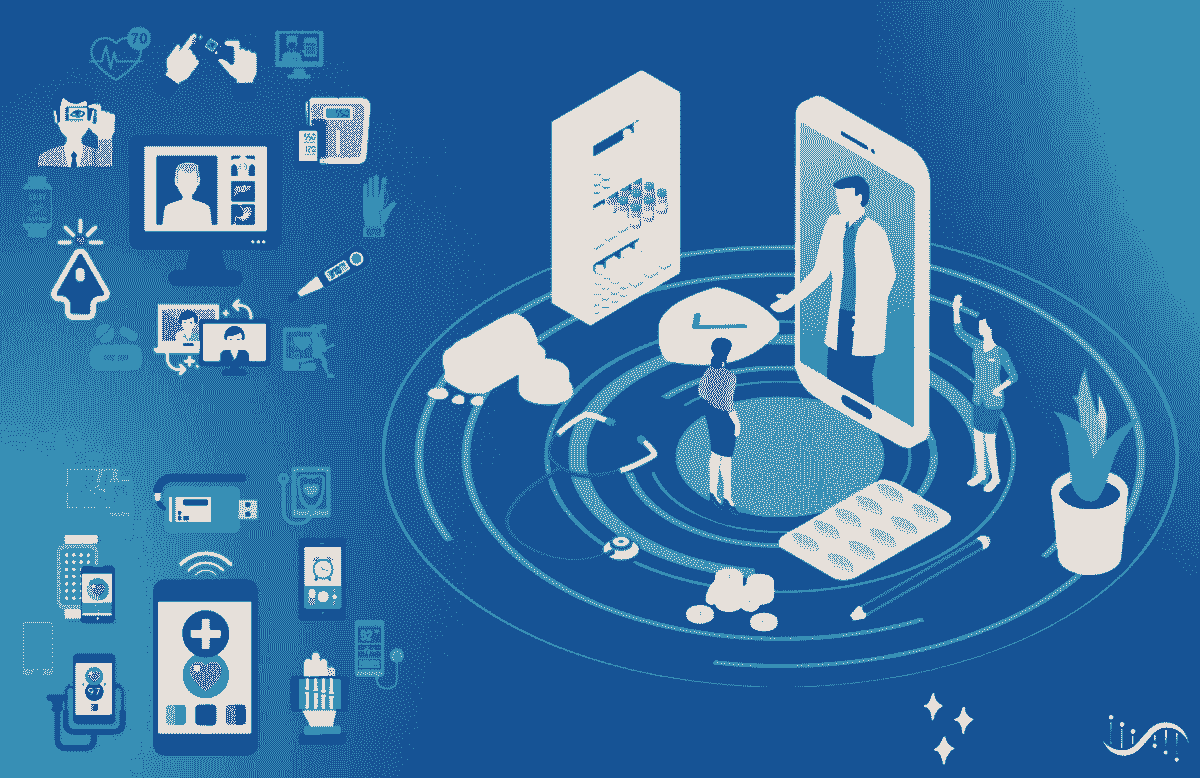In the ever-evolving landscape of healthcare, technology is revolutionizing every aspect of the industry, and medical billing services are no exception. From streamlining administrative tasks to enhancing revenue cycle management, technology has become an indispensable tool for optimizing billing processes and improving financial performance. In this blog post, we’ll explore how technology is transforming medical billing services and revolutionizing the way healthcare providers manage their revenue cycle.
1. Electronic Health Records (EHR)
Electronic Health Records (EHR) systems have transformed the way healthcare providers document patient encounters, manage medical records, and facilitate billing processes. EHR systems allow providers to capture, store, and access patient information electronically, streamlining documentation and coding workflows. Integration with billing software enables seamless transfer of clinical data into billing codes, reducing errors and accelerating claims submission.
2. Automated Coding and Billing Software
Advancements in artificial intelligence and machine learning have led to the development of automated coding and billing software solutions. These software tools analyze clinical documentation, identify relevant diagnoses and procedures, and automatically assign appropriate billing codes, such as ICD (International Classification of Diseases) and CPT (Current Procedural Terminology) codes. By automating coding processes, healthcare providers can improve accuracy, reduce manual errors, and optimize revenue cycle efficiency.
3. Electronic Claims Submission
Electronic claims submission has revolutionized the way healthcare providers submit claims to insurance companies and third-party payers. Electronic claims are submitted electronically through secure channels, eliminating the need for paper forms and manual processing. This streamlined approach accelerates claims processing, reduces administrative overhead, and enhances cash flow by expediting reimbursement.
4. Revenue Cycle Management (RCM) Software
Integrated Revenue Cycle Management (RCM) software solutions offer comprehensive tools and functionalities to manage the entire revenue cycle from patient registration to reimbursement. RCM software automates billing workflows, tracks claims status in real-time, and provides analytics and reporting capabilities to monitor financial performance. These software solutions empower healthcare providers to optimize revenue cycle management, minimize claim denials, and maximize reimbursement.
5. Telehealth and Remote Patient Services
The rise of telehealth and remote patient services has transformed the delivery of healthcare services and billing practices. Telehealth platforms enable healthcare providers to conduct virtual consultations, deliver remote care, and bill for telehealth services electronically. By leveraging telehealth technology, providers can expand access to care, reach underserved populations, and generate revenue through virtual visits and telemedicine services.
6. Mobile Billing Apps and Patient Portals
Mobile billing apps and patient portals empower patients to manage their healthcare billing and payments conveniently from their mobile devices or computers. These digital platforms allow patients to view statements, make payments, and communicate with billing staff securely. By offering self-service billing options, healthcare providers can enhance patient satisfaction, reduce administrative burden, and improve collections.
Conclusion
In conclusion, technology is revolutionizing medical billing services and reshaping the way healthcare providers manage their revenue cycle. From electronic health records and automated coding software to telehealth platforms and mobile billing apps, technology solutions are driving efficiency, accuracy, and innovation in billing processes. By embracing technological advancements, healthcare providers can optimize revenue cycle management, enhance financial performance, and deliver high-quality patient care in today’s digital age.





